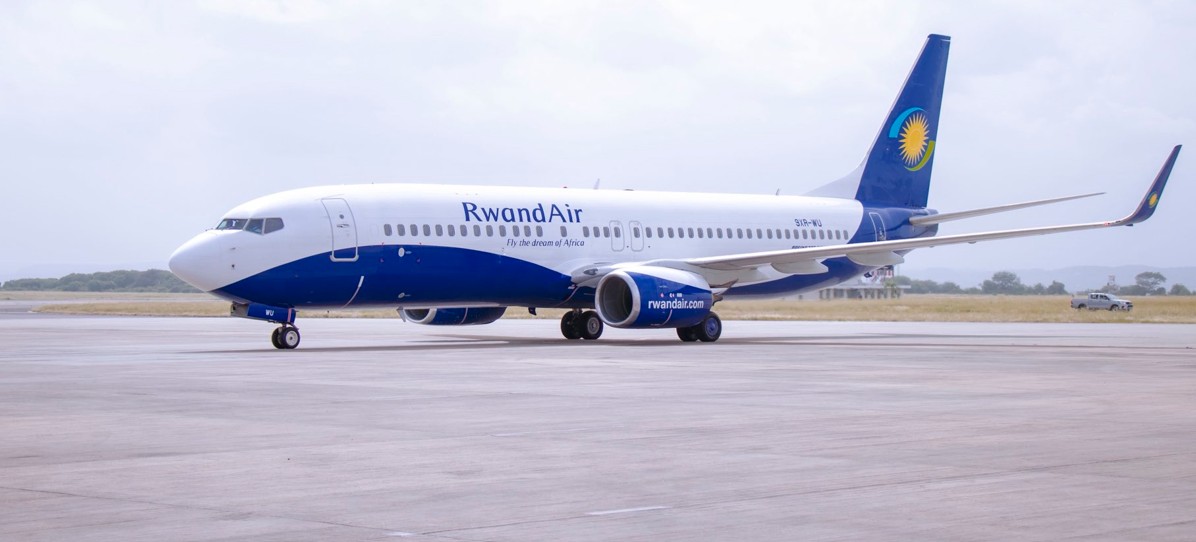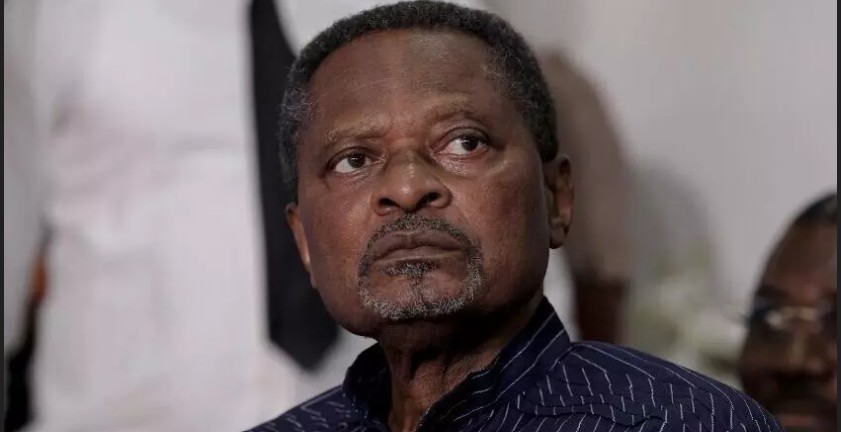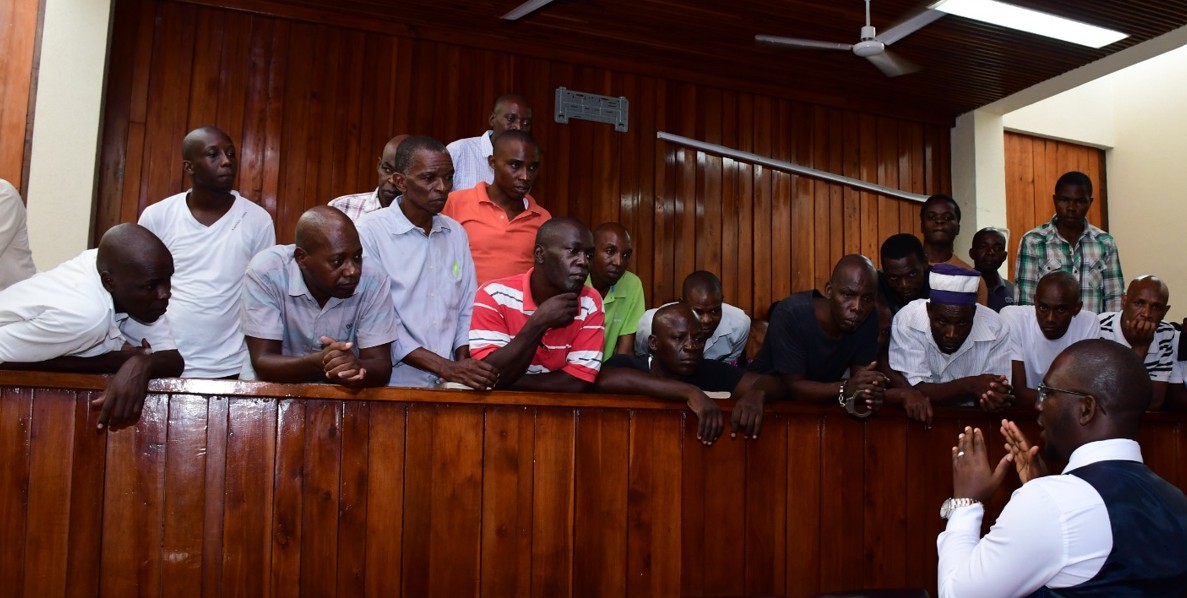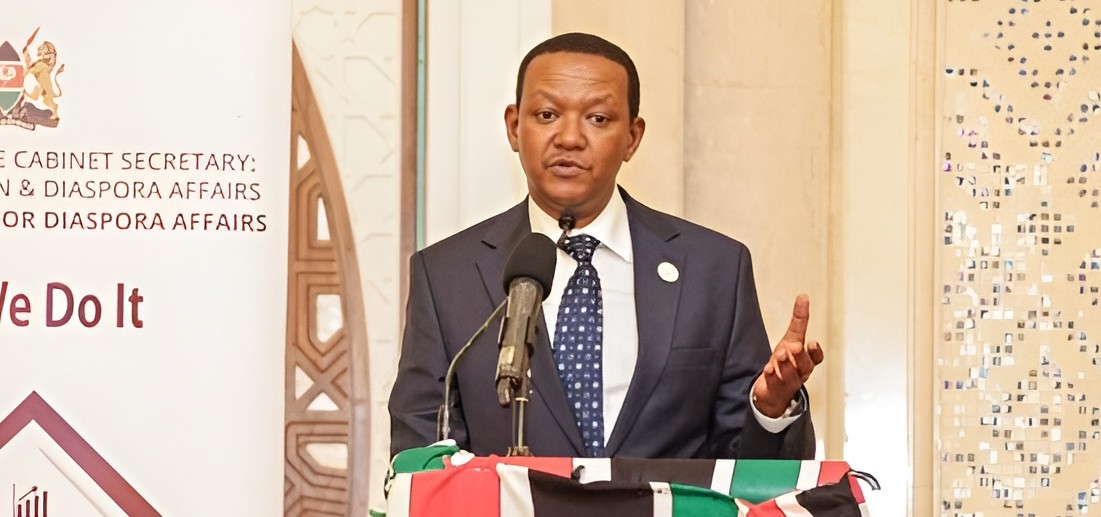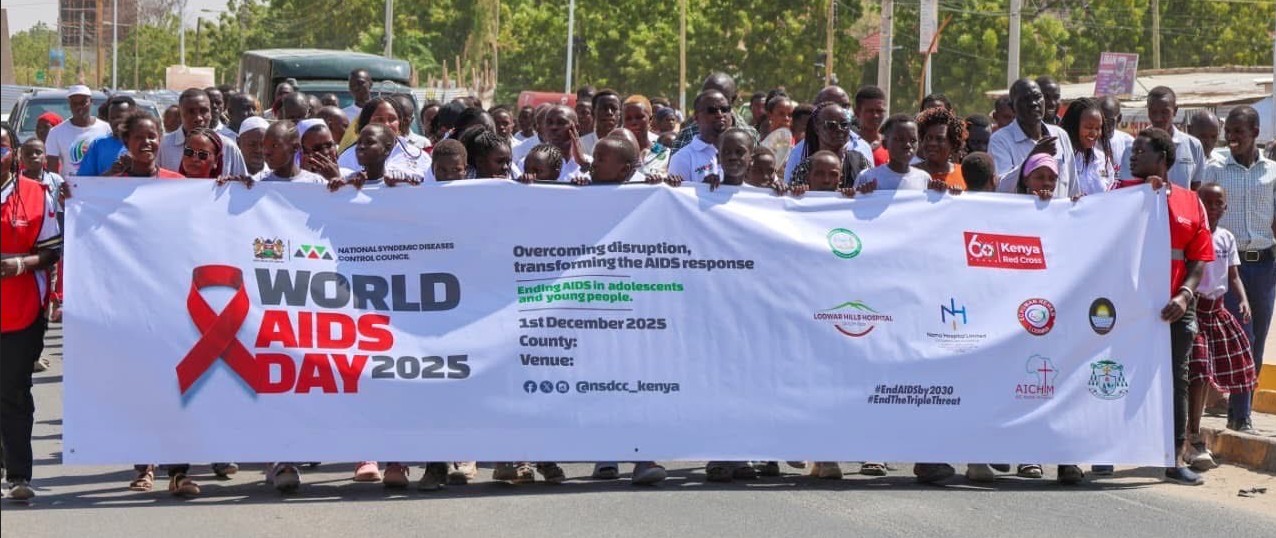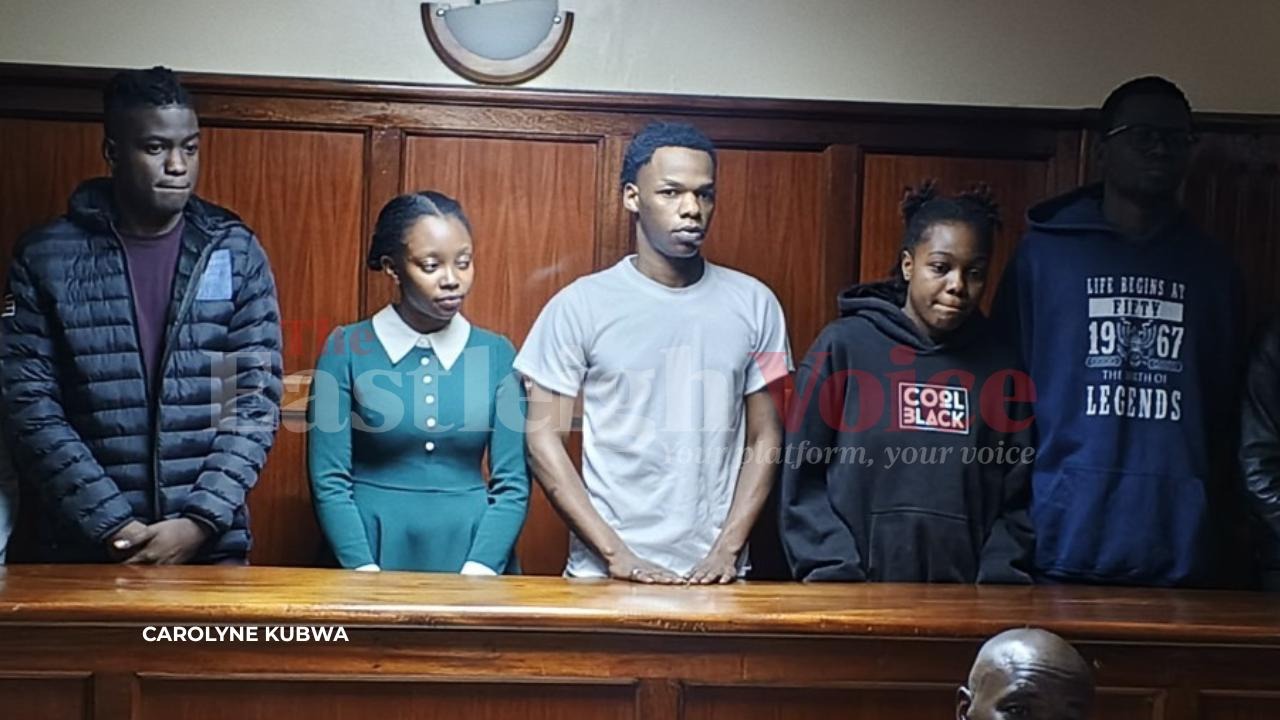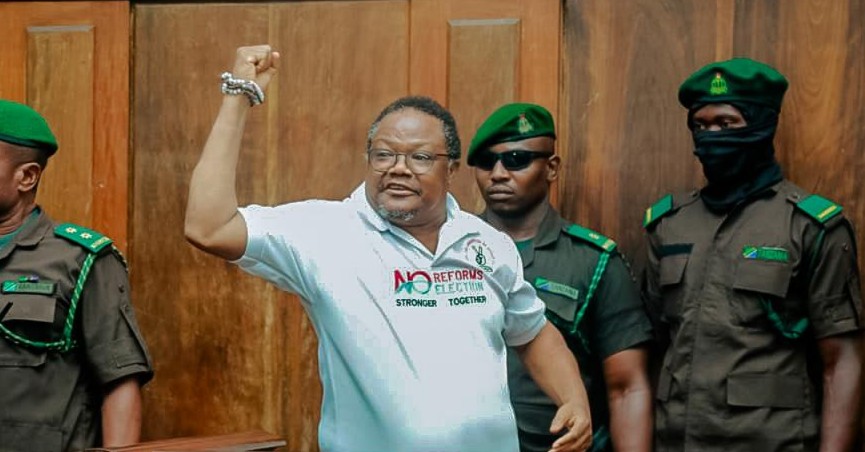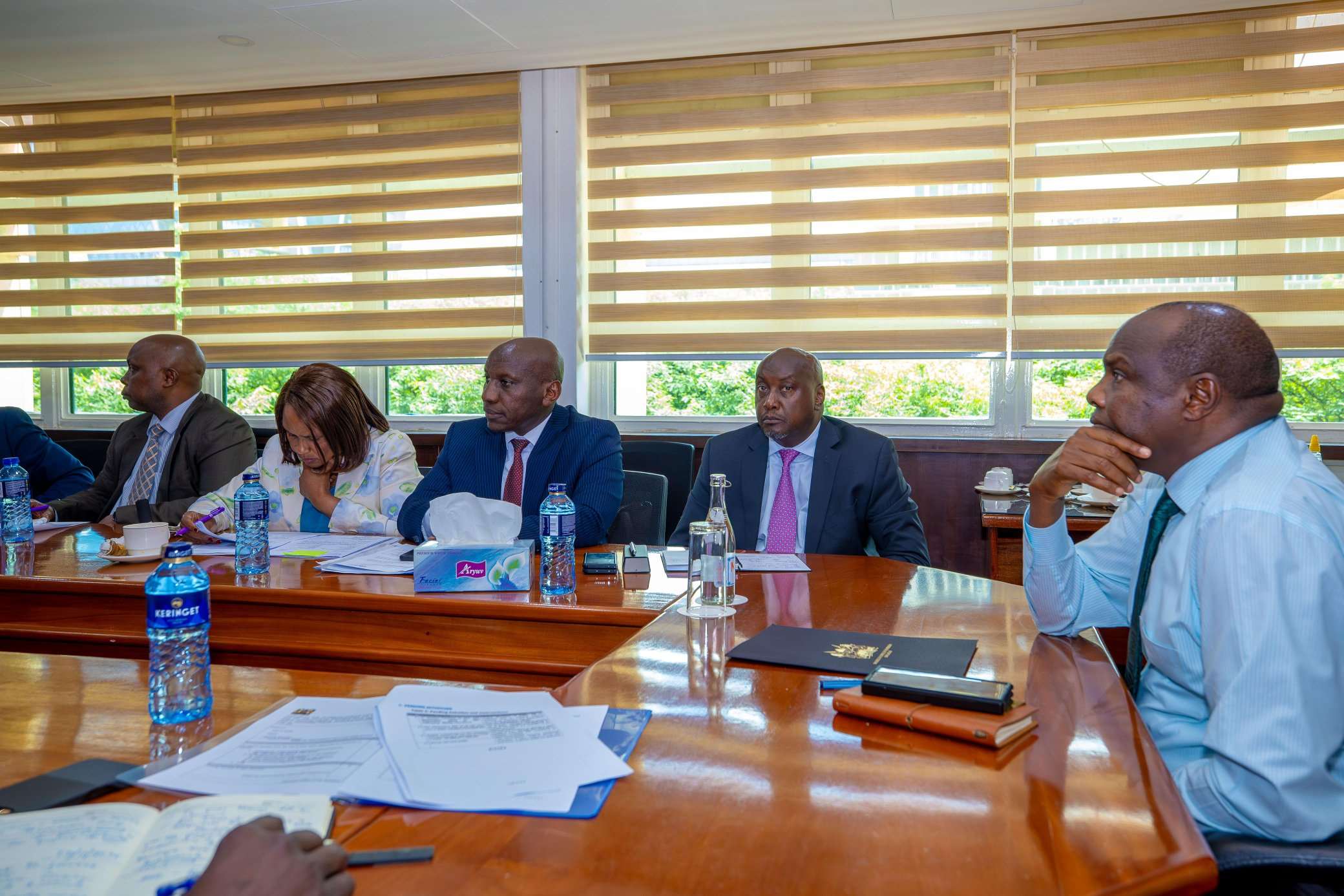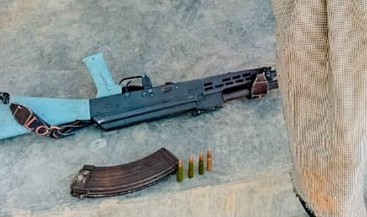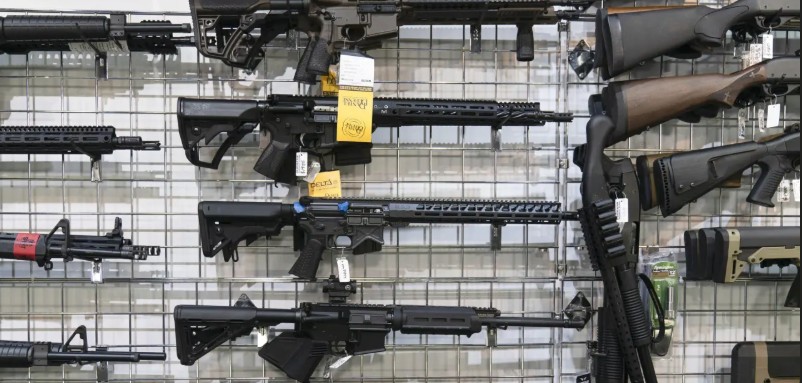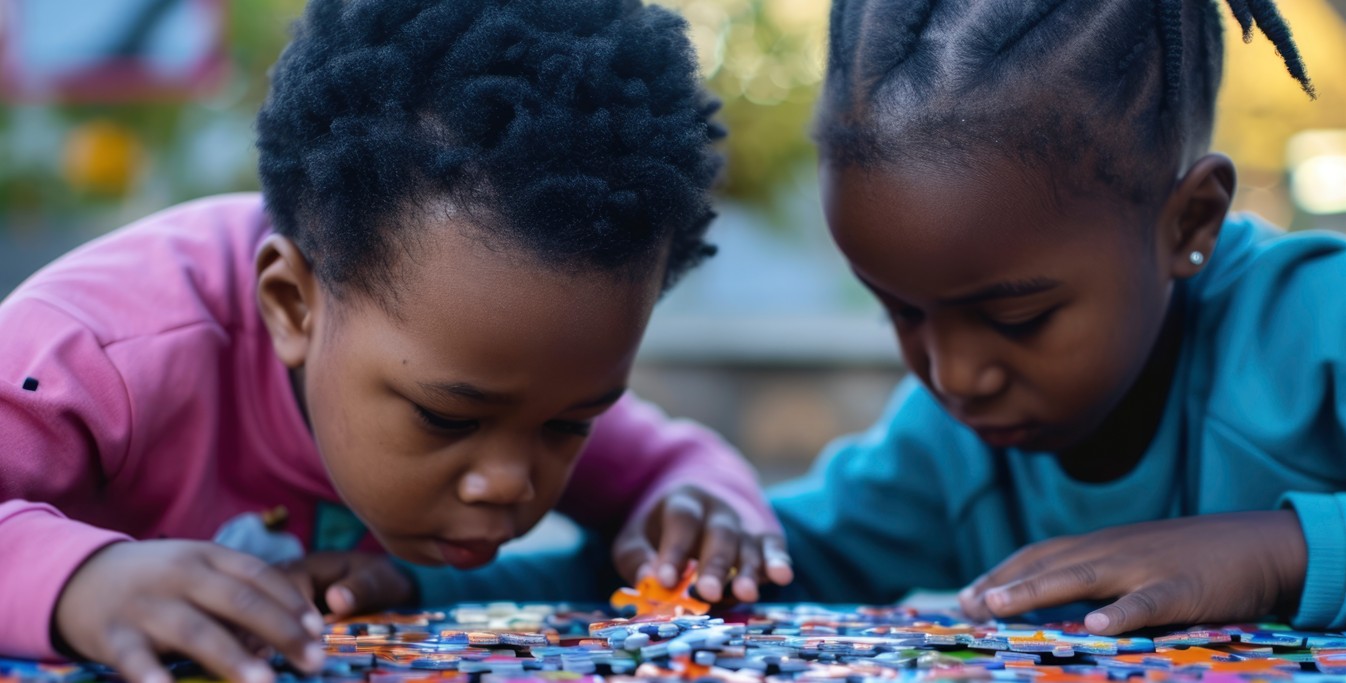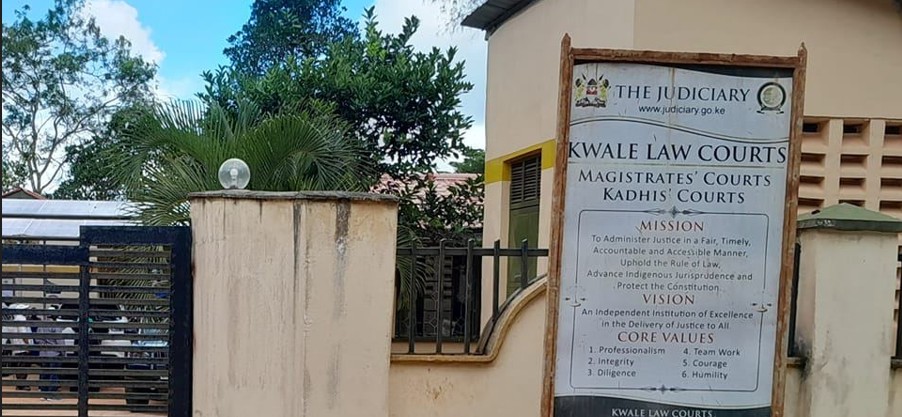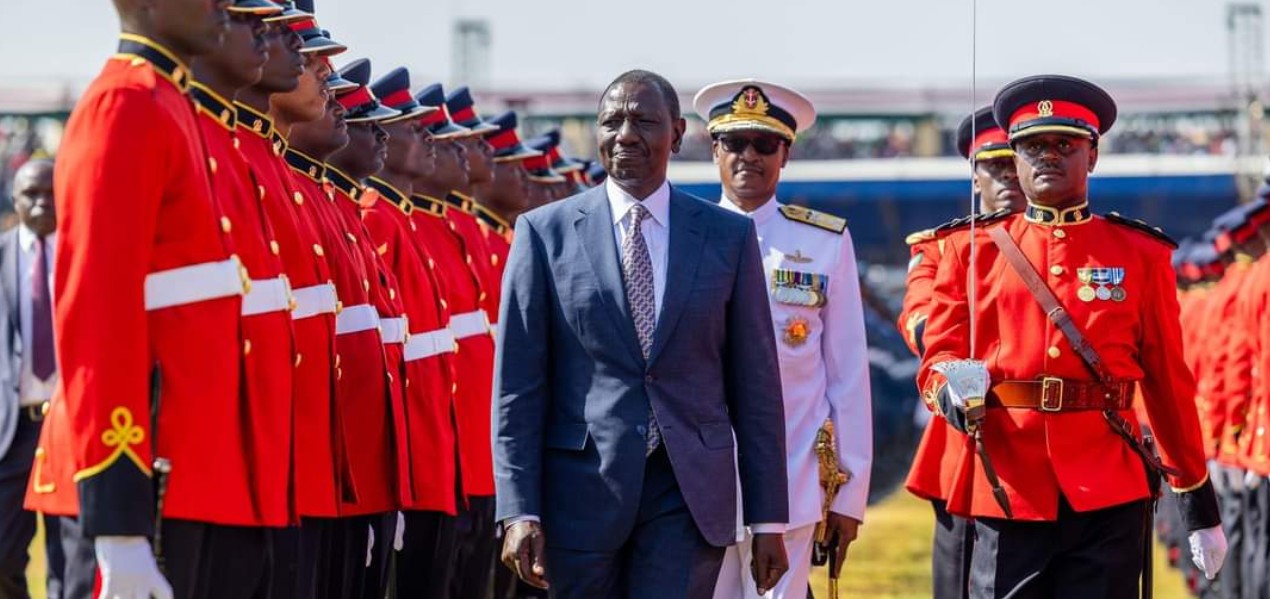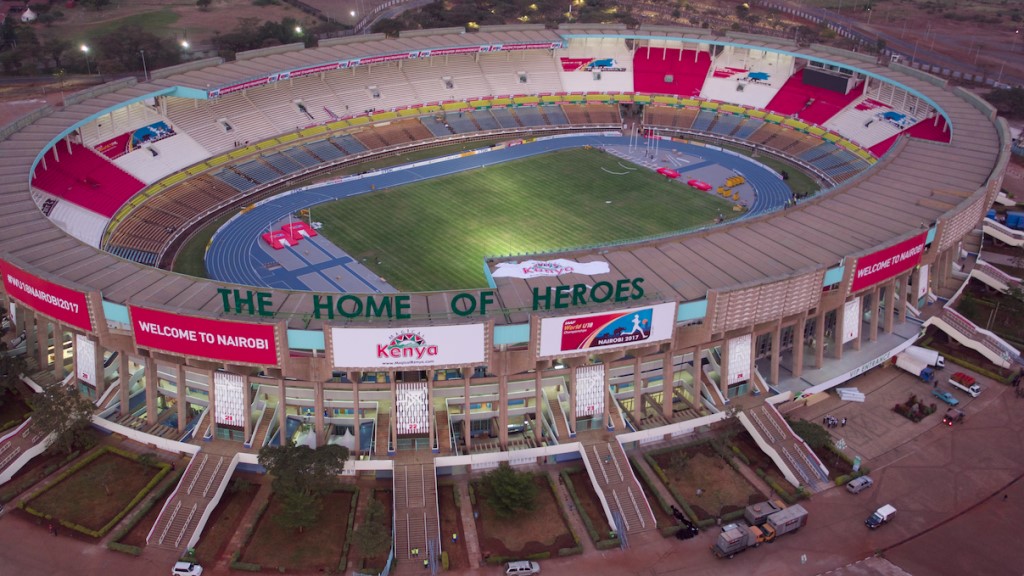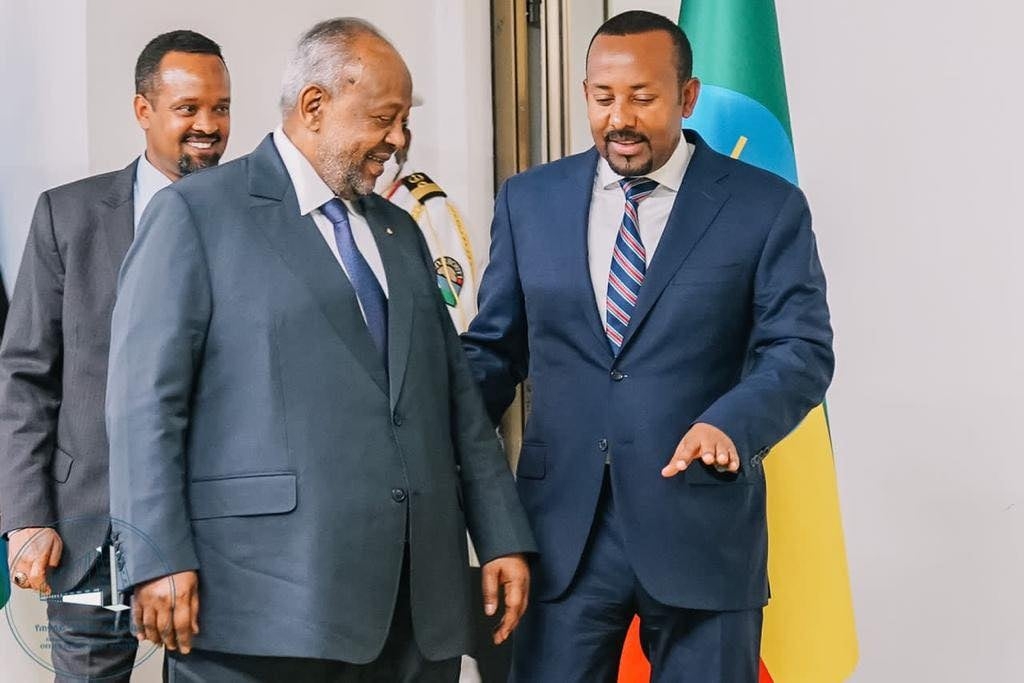Wagalla Massacre at 41: Calls for justice still echo decades later
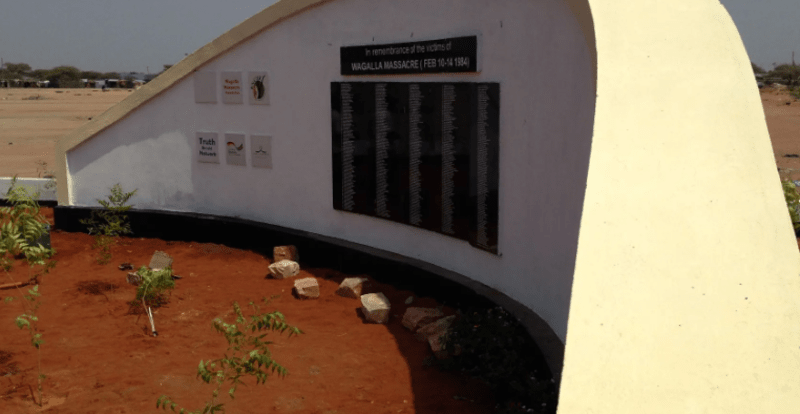
The Wagalla Massacre was the result of an effort to disarm ethnic Somali clans in the north-east of the country. The government claimed that only 57 people were killed, but survivors state that close to 5,000 people died.
For the residents of Wajir, the month of February reminds them of the horrendous terror that the State unleashed upon them with wanton abandon. It also reminds them of the scars left on them through the infamous Wagalla massacre of 1984.
In February 1984, soldiers of the Kenya Army mounted a security operation around Wajir in the then-North Eastern Province. Having rounded up all Somali men of the Degodia clan, as many as 5,000 were taken to the Wagalla airstrip for interrogation. After four days of interrogations at Wagalla, several hundred men lay dead.
More To Read
- Wajir South MP condemns relocation of orphaned giraffes to Nanyuki
- Landmark moment as Eldas TTC set to transform Wajir’s education landscape
- Wajir West MP criticises government for excluding Wagalla Massacre victims from compensation plan
- Wajir marks major public health milestone as 25 villages eliminate open defecation
- Family pleads for answers two months after Wajir Huduma Centre manager went missing
- Free Wi-Fi transforms Wajir’s Wagalla village as internet access reaches remote areas
Today marks exactly 41 years since this incident. The Eastleigh Voice examined why the victims have not found justice decades later.
Former Chief Justice Willy Mutunga said he believes the victims will one day get justice. He, however, warned that as long as politicians who were once in the KANU regime remain in power, the victims may not receive justice at all.
"I believe that the victims of the Wagalla Massacre will one day get justice. As long as the KANU dictatorship remains in power, such historical injustices will never be addressed. It is in the interest of the dictatorship to keep all past injustices buried," said Mutunga.
The former head of the Judiciary said the struggle for alternative political leadership in Kenya must continue until what he termed the KANU dictatorship ends with the 2027 elections.
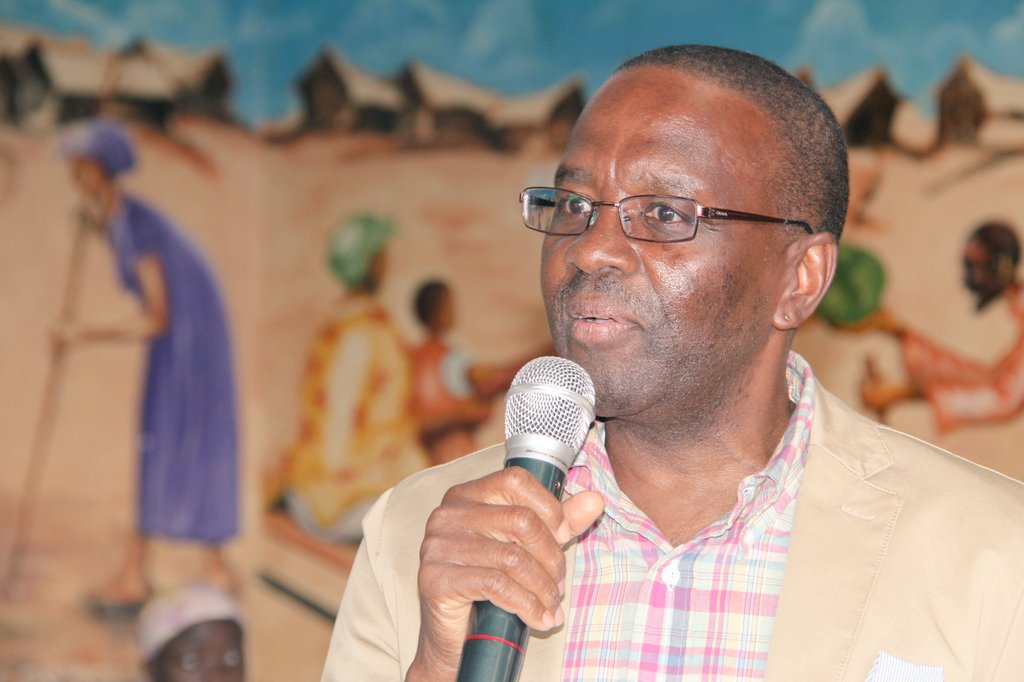 Former Chief Justice Willy Mutunga. (Photo: X/Willy Mutunga)
Former Chief Justice Willy Mutunga. (Photo: X/Willy Mutunga)
Previous attempts to secure justice for the victims have not been successful. Survivors and families of victims meet every year during this period to reinvigorate their resolve to seek justice.
The only tangible milestone the suffering families have achieved so far is the acknowledgement, through the Truth, Justice and Reconciliation Commission Report, that these atrocities were committed against them by their own government. The families still await the implementation of the recommendations made in this report.
How did the massacre happen?
According to a report by the Kenya National Human Rights Commission, the Wagalla Massacre is one of the greatest transitional justice issues in Kenya today, committed by the government in 1984 in Wajir. Between February 10-14, 1984, heavily armed security officers descended on the quiet Wajir area, ostensibly to mop up guns illegally held by locals.
They rounded up Somali men of the Degodia clan from their homes in the early hours of the morning of February 10 and held them at the local airstrip for four days without water or food. By the third day, the pangs of hunger and dehydration had started taking their toll on the naked men lined up, heads down, along the Wagalla airstrip.
Those who could still muster some strength decided enough was enough. They took to their heels towards the barbed fence in a last desperate hope of saving their lives. The security officers opened fire at them. Twenty-four hours later, hundreds of men lay dead, their bullet-ridden bodies scattered across the airstrip and its bushy environs.
"These were husbands, fathers, brothers or guardians, citizens of this sovereign republic, who despite their misgivings had a right to have their lives protected by the state. Assuming that the state indeed had a case against these people, natural justice would have dictated that they be arraigned in court and charged according to the laws of the land. That was not the case," notes the report.
In memory and honour of those who lost their lives in this massacre, the Kenya National Commission on Human Rights (KNCHR), in conjunction with local and international partners, supported the construction of a monument in Wajir Town.
The monument has the names of 482 victims engraved on marble and pasted on a wall. These names were taken from the Truth, Justice and Reconciliation Commission report and subjected to a thorough validation exercise to ensure they were indeed the names of people who lost their lives as a result of the massacre.
The Wagalla Massacre was the result of an effort to disarm ethnic Somali clans in the north-east of the country. The government claimed that only 57 people were killed, but survivors state that close to 5,000 people died.
Top Stories Today
